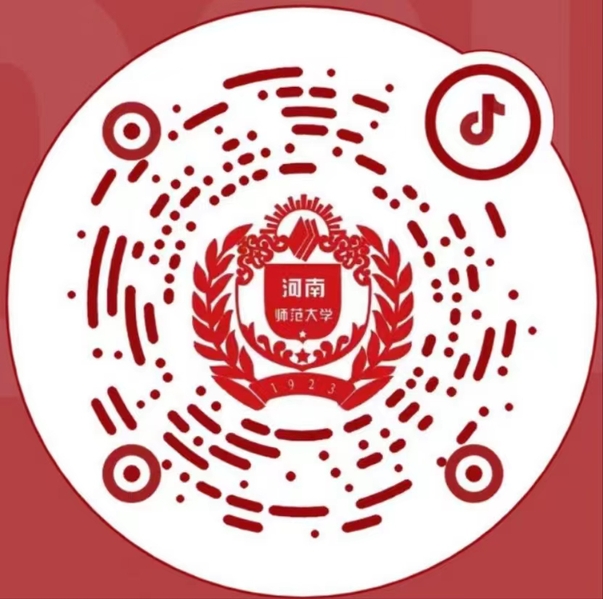
Recently, the research team led by Dr. Cui Zheng from the School of Chemistry and Chemical Engineering published a research paper titled Stereoselective Self-Assembly of a Topologically Chiral [6]Catenane with 18 Crossings in the international chemistry journal Angewandte Chemie International Edition. The paper was also selected as the journal’s Outside Front Cover. Dr. Cui Zheng, a young faculty member, is the first author and corresponding author of the paper; Professor Jin Guoxin is the co-corresponding author; Henan Normal University is the first corresponding unit.
If we imagine molecules as “molecular threads,” they can be endowed with entirely new properties and functions through knotting, weaving, and interlocking. These mechanically interlocked molecules (MIMs) show broad application prospects in fields such as molecular machines, chiral recognition, and functional materials. However, how to efficiently and controllably construct complex topologically chiral interlocked structures has long been a challenge in chemical synthesis. In this study, the stereoselective self-assembly of a topologically chiral [6]catenane with 18 crossings (topological notation: 18^6_1) is reported for the first time. This structure, formed by the interlocking of six macrocyclic units, contains four topologically chiral stereogenic units and is one of the most complex interlocked structures to date. The research not only demonstrates the precise transmission of chirality from the point chirality of the ligand to the topological chirality of the interlocked structure but also reveals the key role of multiple non-covalent interactions—such as π–π stacking, hydrogen bonding, and solvent effects—in stabilizing the complex intertwined structure. Through elaborately designed dinuclear building blocks and chiral ligands, combined with the guidance of non-covalent interactions, an efficient and controllable assembly of the topological structure was achieved. This strategy is expected to be extended to the synthesis of topologically chiral structures with even higher complexity.
This research was supported by projects such as the National Natural Science Foundation of China and the Natural Science Foundation of Henan Province, and it represents a significant achievement for our university in the field of mechanically interlocked molecules.
Paper link: https://onlinelibrary.wiley.com/doi/abs/10.1002/anie.202515400
Cover link: https://onlinelibrary.wiley.com/doi/abs/10.1002/anie.202519981
(School of Chemistry and Chemical Engineering, Jiang Tao, Wang Manman; Science and Technology Office, Wei Ran)


 2025-10-28
2025-10-28



